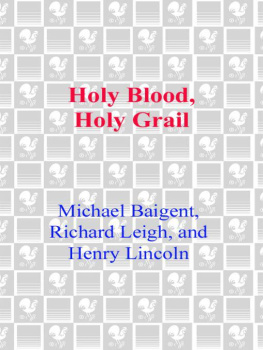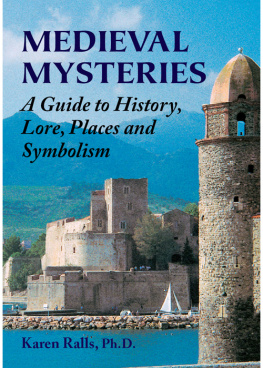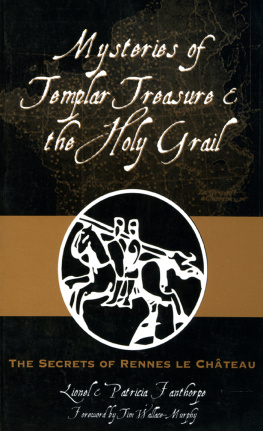The Secrets of Rosslyn

ALSO BY THE SAME AUTHOR
HISTORY
Clans and Tartans
Homelands of the Scots
Royal Scotland
A Royal Tradition
Scottish Clan & Family Names
Reminiscences of Eishken
The Caledonian Hotel with Andreas Augustine
The Edinburgh Military Tattoo
BIOGRAPHY
Time Exposure
Scorpion on the Ceiling
WHISKY
Scotland: The Land and the Whisky with Patrick Douglas Hamilton
Single Malt Scotch with Bill Milne
MISCELLANEOUS
The Swinging Sporran with Andrew Campbell
Living in Scotland with Lesley Astaire and Fritz von der Schulenburg
Living in the Highlands with Lesley Astaire and Eric Ellington
The Shell Guide to the Lowlands and Borders of Scotland
The Compact Guide to Edinburgh
Supernatural Scotland

This eBook edition published in 2012 by
Birlinn Limited
West Newington House
Newington Road
Edinburgh
EH9 1QS
www.birlinn.co.uk
Copyright Roddy Martine, 2006
The moral right of Roddy Martine to be identified as the author of this work has been asserted by him in accordance with the Copyright, Designs and Patents Act 1988
All rights reserved. No part of this publication may be reproduced, stored or transmitted in any form without the express written permission of the publisher.
ISBN: 978-1-84158-788-2
eBook ISBN: 978-0-85790-484-3
British Library Cataloguing-in-Publication Data
A catalogue record for this book is available from the British Library
For AJ Stewart
And in memory of
Sandy Irvine Robertson
(19421999)
Acknowledgements
The author would like to thank the following people for their help and advice: Deborah Barnes, John Beaton, Stuart Beattie, Baron St Clair Bonde, the Rt Hon. Earl of Elgin and Kincardine, the Revd Michael Fass, Kit Hesketh Harvey, Jenny Hess, Duncan McKendrick, Graeme Munro, John Ritchie, the Countess of Rosslyn, Andrew Russell, Niven Sinclair, Garry and Lorna Stoddart, AJ Stewart and Mark Turner. A special thanks to Aline Hill, who so meticulously edited this book, and to Hugh Andrew, Andrew Simmons, Wendy MacGregor and the staff of Birlinn.
List of Illustrations
Preface
My instincts were deeply ambivalent when I embarked upon writing this book. Now I am not at all sure why. Let me explain.
Over the past forty years I have attended three weddings, three christenings and a funeral in the small, candle-lit Collegiate Church of St Matthew, otherwise known as Rosslyn Chapel. On such occasions I was aware of the beauty of my surroundings. I was moved by the chapels intimacy. Prior to the funeral service, I was given the task of lighting the candles, so many of them, in fact, that it took me a full twenty minutes to do so. As the soft light glowed and flickered over the intricate traceries on wall and ceiling, it was hard to believe that this was widely considered to be the epicentre of some great, unearthly conundrum.
Yet, 600 years after its creation Rosslyn remains an enigma, a centuries-old puzzle buried under a bandwagon-load of inventive nonsense. So multifaceted, and brilliantly conceived, is this nonsense, that the more the strands are analysed, the more difficult it becomes to discredit them. Such is the human need for mystery, that the documentation relating to Rosslyn, and its brethren holy sites in France and the Holy Land, has, in recent years, swollen to gargantuan proportions. The result is a breathtaking web of intrigue that spans three millennia to embroil the Catholic Church, Crusader knights, Freemasonry, painters, poets and musicians, politicians and kings. It even dares to question the veracity of the Holy Bible as we know it.
Increasingly under scrutiny is the wealthy Catholic interest group Opus Dei. Lurking in the wings are the sinister Prieur de Sion and an arcane Merovingian Royal dynasty, both of doubtful provenance but given fictional credibility in Dan Browns best-selling book The Da Vinci Code and the Hollywood film of the same name starring the American actor Tom Hanks and the French actress Audrey Tautou.
The invention that has taken place to support this ultimate of New Age conspiracy theories, which strikes at the very roots of Christianity, has spawned a veritable skein of wild geese to chase. Riddled with inconsistencies and articulating several manically unfounded allegations, The Da Vinci Code, inspired from an earlier, non-fiction source, The Holy Blood and The Holy Grail, has fired the imagination of millions.
And Rosslyn Chapel itself is not least among the beneficiaries, or victims, depending upon your viewpoint. Over 2005 it attracted in the region of 120,000 visitors, a figure which is expected to rise even higher in the years to come. Already there are 32,000 associated websites, and the chapels official website (www.rosslynchapel.org.uk) currently gets an average of 30,000 hits per week.
Under such circumstances, I do not think it unreasonable to question how and why such a diminutive place of worship, so obscurely situated in the north of the British Isles, should have come to occupy such a pivotal role in a Europe-wide web of intrigue. In the following chapters, I shall attempt to make sense of it all, to burrow through the mounds of unfounded speculation and self-indulgent fantasy. The facts, as I have discovered, speak for themselves, and they are no less amazing or compelling than the fiction.
Roddy Martine, Edinburgh, May 2006
Family Tree of the St Clairs of Rosslyn
The principal lines of descent






ONE

Roslin Glen
An earthly paradise
T he scenic route to Roslin Country Park is from the A6094 turn-off on the A7 Dalkeith to Galashiels road, where on winter days fine vistas of Rosslyn Castle on the far side of the glen, with its chapel high on the ridge above, can be glimpsed through the trees. The more direct A701 Edinburgh to Penicuik road is rather less inspiring. Yet there are moments. To the north-east is Arthurs Seat, flanked by Salisbury Crags. To the south are the Pentland Hills, fading gently into the distant west. At night, the floodlit artificial ski slope at Hillend resembles a stairway to God. Otherwise, the highway is a narrow, drab affair cluttered with directional road signs.
I wonder what the Scandinavian/Scottish Prince William Sinclair, 11th Lord of Rosslyn, 3rd and last St Clair Jarl of Orkney, Knight of the Cockle and Golden Fleece, and builder of Rosslyn Chapel, would have made of Bilston Glen Business Park with its monochrome warehouses, or for that matter, the affront of Ikea in its monstrous blue and yellow roadside mega-box? Of course, the all-purpose home furnishing store Ikea is Swedish owned. He would have been intrigued by that.
Next page
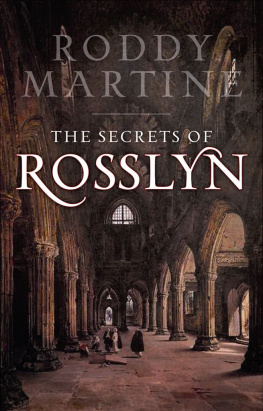

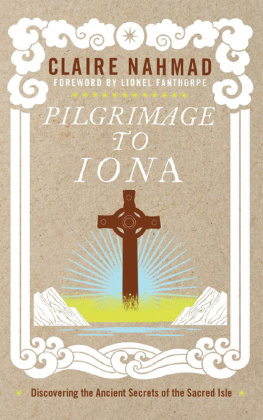
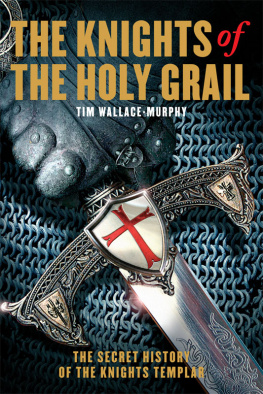
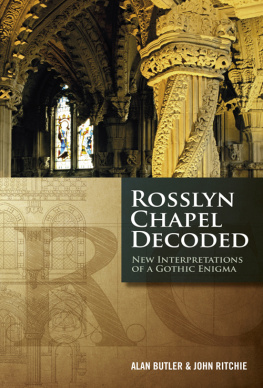
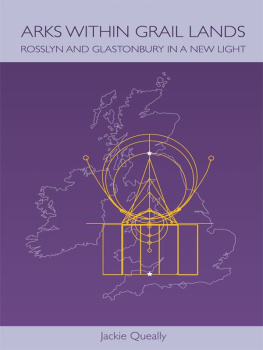
![Monte Cook - The Skeptics Guide to Conspiracies: From the Knights Templar to the JFK Assassination: Uncovering the [Real] Truth Behind the Worlds Most Controversial Conspiracy Theories](/uploads/posts/book/346601/thumbs/monte-cook-the-skeptic-s-guide-to-conspiracies.jpg)
